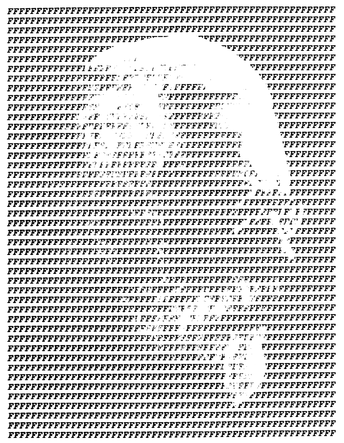Ronald Aylmer Fisher1890–1962
Fisher developed a number of statistical procedures that have become indispensable tools for the experimental scientist. Many of the common terms in statistics, like degrees of freedom, Latin square, randomization, and the null hypothesis, were introduced by him. Fisher argued that experiments should be designed to incorporate simultaneous variation of factors so that interactions between them could be detected, using his method of analysis of variance. “A type of data, which is of very common occurrence, may be treated by methods closely analogous to that of the correlation table, while at the same time it may be more usefully and accurately treated by the analysis of variance, that is by the separation of the variance ascribable to one group of causes from the variance ascribable to other groups.” This procedure opened up new areas of experimental enquiry because experiments could be designed and analyzed in ways that had not previously been possible. Like Pearson, with whom he engaged in vitriolic disputes, he was concerned with applying statistical procedures to Darwinian evolutionary theory. Unlike Pearson, he applied statistical methods to demonstrate the compatability of Mendelian genetics and Darwinian natural selection, establishing neo-Darwinian theory of evolution. In so doing he distinguished between sample statistics and population parameters, and provided means for estimating the latter from the former. Pearson’s biometrical background resulted in distrust of small sample statistics, and his antipathy to Fisher was exacerbated by Fisher’s elegant elaboration of problems in the use of chi-square and of the sampling distribution of r. Fisher conducted breeding experiments to demonstrate the operation of dominant and recessive genes and concluded that: “The rate of increase in fitness of any organism at any time is equal to its genetic variance in fitness at that time”. Fisher was born in London and was trained in mathematics and physics at Cambridge University. After working for an investment company and as a teacher he was appointed as the sole statistician at Rothamstead Experimental Station in 1919. There he carried out experiments in agriculture involving split-plots, that led to the development of analysis of variance. His innovations in the application of statistical procedures were internationally acknowledged and in 1929 he was elected a Fellow of the Royal Society. In 1933 Fisher succeeded Pearson as Galton professor of eugenics at University College, London. Ten years later he was appointed professor of genetics at Cambridge University. Fisher is depicted by the letter F, which signifies the value derived from the analysis of variance and which is so denoted in recognition of him. Like Pearson, Fisher is depicted using a single letter. The antipathy displayed between Pearson and Fisher is hinted at by the contrasting ways in which the letters have been assembled to define them: Pearson’s face is formed from r whereas Fisher is visible against a sea of Fs.
